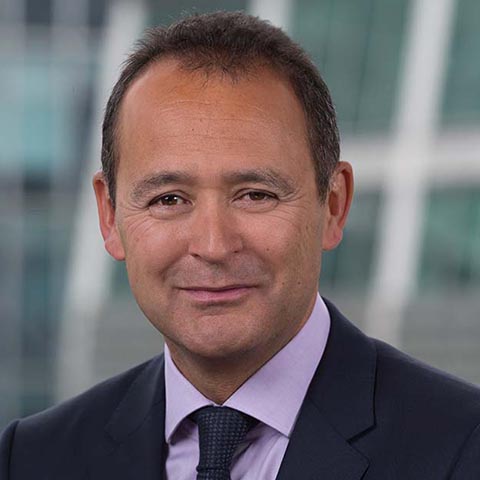
Tensions and tariffs: What’s next for the fragile global economy?
Recent geopolitical events and uncertainty on US tariff policy has forced central banks to adopt a wait-and-see approach to interest rate decisions. Chief economist, Philip Shaw spoke about the future global economic risks as well as prospects for further rate cuts this year on Investec Focus Radio.
Want to know more about how the economy could affect you in 2025? Contact us today.
Our banking teams are highly experienced with a history in complex lending and relationship management.
Browse articles in


